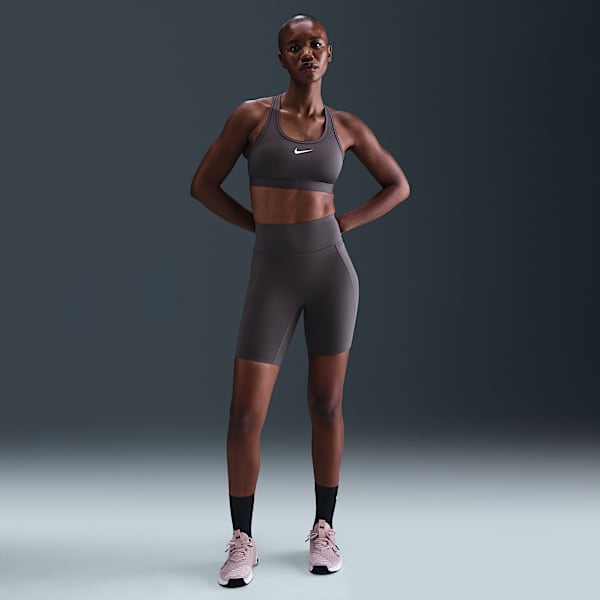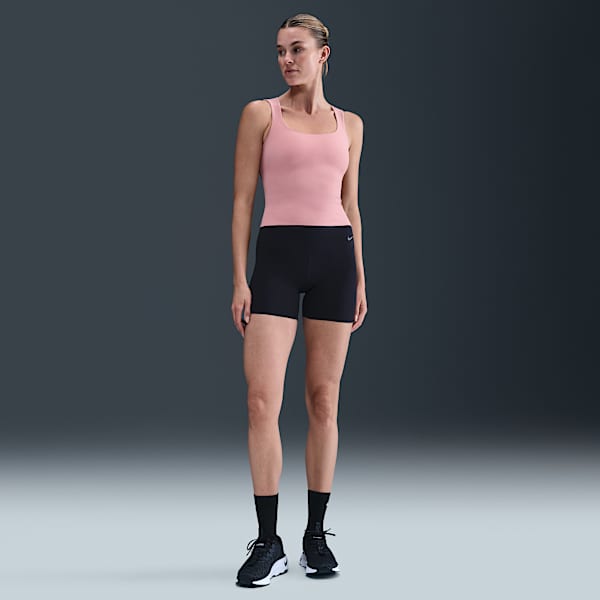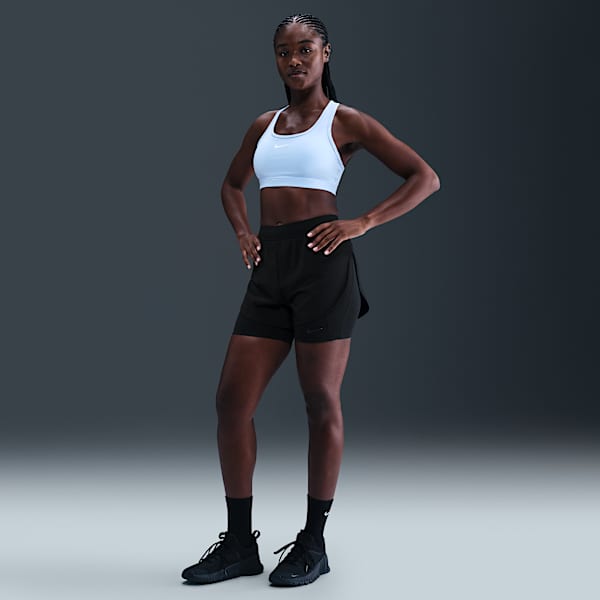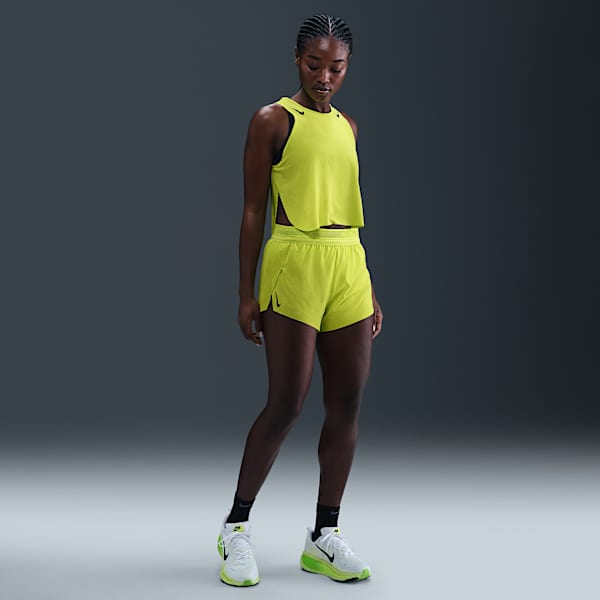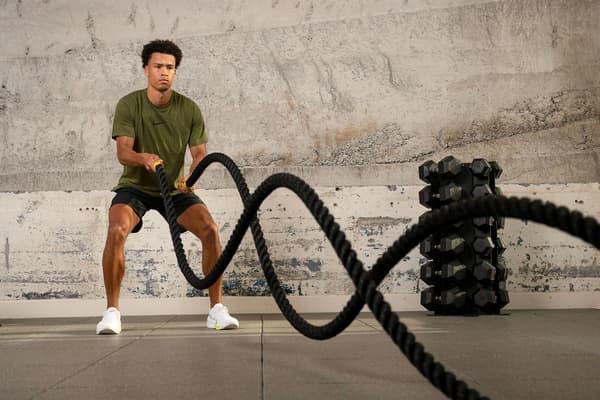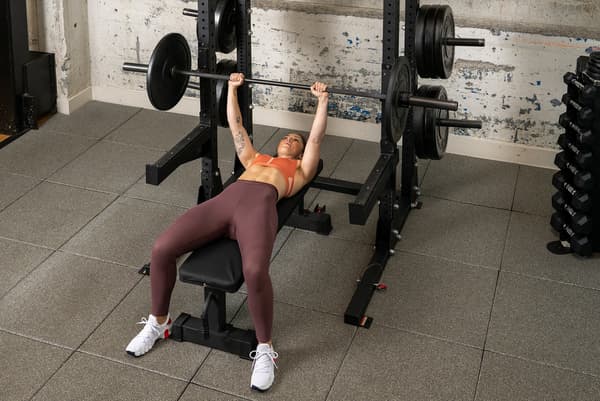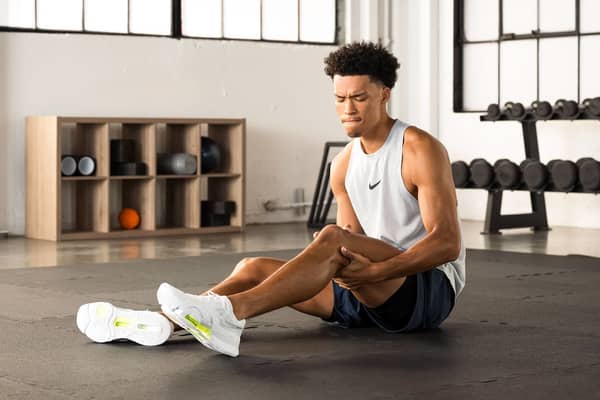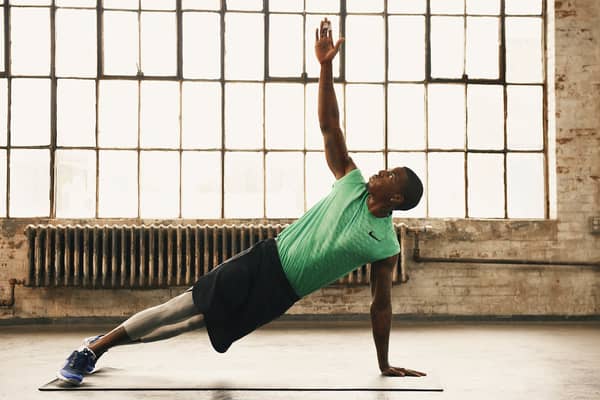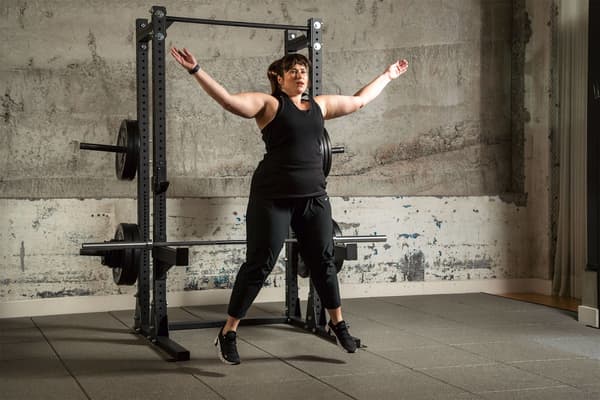What Muscles Do Lunges Work?
Sport & Activity
An exercise physiologist weighs in on which of the body's main muscles fire up during this lower-body move.

Lunges tend to be common fixtures in strength-training programmes—and for good reason. In addition to the wide swath of muscles that they fire up, lunges are a single-leg, unilateral movement, which can help exercisers become well balanced.
"Lunges are great for single-leg strengthening, which can be helpful for highlighting and improving asymmetries that may be masked by a double-leg exercise, such as squats or deadlifts", said Jason Machowsky, CSCS and exercise physiologist. He added that lunges' unilateral nature can also help to improve balance.
(Related: Your Guide to Side Lunges: Benefits, Technique and Variations to Try)
What's more, the same joints that extend during running, walking and sprinting (the hips, knees and ankles) all extend during a lunge (albeit less explosively)—making the exercise beneficial. A 2009 study of footballers from the Journal of Strength and Conditioning Research found that regular incorporation of lunges into a strength-training routine could improve speed, power and agility on the pitch.
Read on to learn what muscles are worked in lunges, and to find out which muscles are activated the most during some lunge variations.
What Muscles Do Forward Lunges Work?
For forward lunges, Machowsky noted that the following muscles are used to drive the eccentric (lengthening or descent) and concentric (shortening or ascent) portion of the movement:
- Hamstrings: As Machowsky explained (and studies have shown), lunges rely heavily on the back of the leg, including the hamstrings, to power the legs' ascent from the bottom of the movement to the top. "Sometimes people tend to underutilise their glutes or hamstrings and overuse their quads", he said.
- Gluteus maximus: The gluteus maximus will fire up during the concentric, or rising, phase of the lunge. Studies show that leaning forwards slightly can help activate the gluteus maximus even more, while an upright torso will place more emphasis on the quadriceps.
- Quadriceps: The quadriceps are another main driver in both the concentric and eccentric phases of a lunge, but Machowsky noted that a person might feel their quads activate more the further forward a person's front knee is in the movement (or, as mentioned above, if their torso is upright).
- Hip abductors: These muscles (composed of the gluteus medius, gluteus minimus and tensor fasciae latae) are responsible for stabilising the pelvis and trunk to maintain an upright posture. Research shows that they are especially activated during unilateral, or single-leg, movements such as lunges.
- Calves: Machowsky noted that the calves help to stabilise both feet throughout the descent and ascent of a lunge.
- Core: The transverse abdominis, obliques, rectus abdominis, lumbar spinal erectors and multifidi all play a role in stabilising the core during a lunge. But as Machowsky noted (and research has suggested), the focus is more on stabilisation as opposed to activation. In other words, you won't necessarily get a core workout from a lunge.
Adductors: Like the hip abductors, these muscles (located on the inner portion of the thighs) help to provide stability during unilateral movements.
The Muscles Worked in Lunge Variations
As Machowsky noted, all lunge variations typically target the muscles and muscle groups mentioned above. That said, there is some variation in the muscle groups that are emphasised in different lunge variations.
For example, side lunges operate in the frontal plane (or side to side) as opposed to the sagittal plane (front and back). The National Academy of Sports Medicine noted that exercises in the frontal plane are typically focused on abduction and adduction movements (so, in the case of a side or curtsy lunge, the hip abductors and adductors receive extra activation). Studies have also shown that side lunges tend to offer slightly more activation in the core than a traditional lunge, reverse or curtsy lunge.
Reverse lunges, on the other hand, are slightly more hamstring and glute-dominant than forward lunges—which can make them a safer choice for those with knee pain, research has suggested.
Words by Julia Sullivan, ACE-certified trainer


